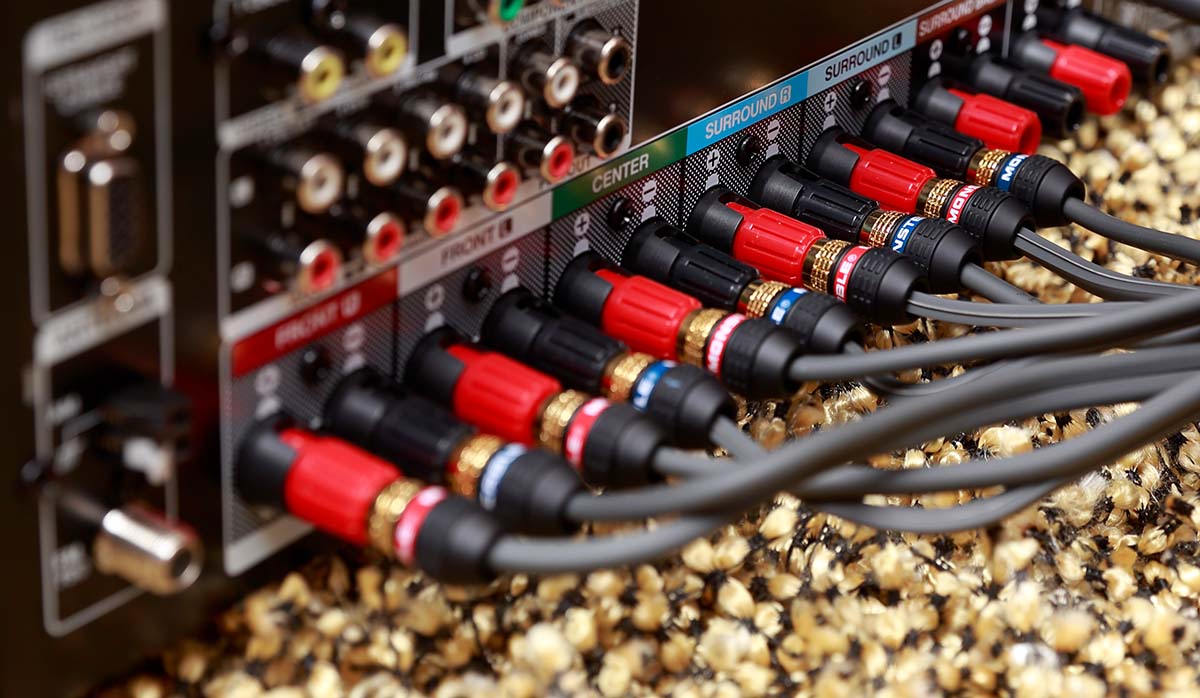Audio cables are essential components for ensuring clear and consistent sound in home audio systems, recording studios, or live performances. However, even the highest-quality cables can develop issues that affect sound quality. If you’re experiencing issues, seeking advice from an Audio Consultant in Phnom Penh can be helpful. Let’s explore some of the most common problems with audio cables and offer solutions to fix them.
Let’s talk about the major key points:
Static or Crackling Sounds-
One of the most common issues with audio cables is the presence of static, crackling, or popping sounds. These noises often indicate poor connections or damaged cables.
Causes:
-
Loose or corroded connectors
-
Damaged cable shielding
-
Internal breaks in the cable
How to Fix It:
-
Check the connectors: Ensure that all connectors are firmly connected to the devices. Sometimes merely reseating the cable can resolve the problem.
-
Clean the connectors: If there’s corrosion or dirt on the connectors, clean them with isopropyl alcohol and a cotton swab.
-
Inspect the cable: If the cable is visibly frayed or damaged, it may need to be replaced. You can try using electrical tape for minor damage, but a complete replacement is recommended if the internal wiring is exposed.
Signal Dropouts-
Signal dropouts or intermittent sound can be particularly frustrating, especially when it happens in the middle of a performance or recording.
Causes:
-
Faulty connectors
-
Worn-out cables
-
Kinks or bends in the cable causing internal damage
How to Fix It:
-
Test with another cable: Swap out the problematic cable with a new one to determine if the issue is with the cable or the device.
-
Check for cable strain: Make sure the cable isn’t bent at sharp angles or wrapped too tightly, as this can damage the internal wiring.
-
Resolder connections: If the connectors are loose, and you’re comfortable with DIY repairs, you can resold them to ensure a solid connection.
Humming or Buzzing Noises-
Humming or buzzing sounds are often caused by ground loop issues or electromagnetic interference (EMI). This problem can be particularly common in unbalanced cables like RCA cables.
Causes:
-
Ground loop interference
-
Electromagnetic interference from nearby devices
-
Inadequate cable shielding
How to Fix It:
-
Use balanced cables: If possible, switch to balanced cables like XLR or TRS, which are less prone to interference.
-
Separate power and audio cables: Keep your audio cables away from power cords or devices that may cause electromagnetic interference.
-
Use a ground loop isolator: Installing a ground loop isolator between your audio source and the output device can help eliminate humming caused by grounding issues.
Distorted Sound-
Distorted or muffled audio can degrade an otherwise excellent audio system. This issue could be a reason by a problem with the cable or one of the connected devices.
Causes:
-
Faulty or low-quality cables
-
Connector mismatch (e.g., using mono instead of stereo cables)
-
Signal overload
How to Fix It:
-
Upgrade to better cables: If you’re using low-quality cables, upgrading to higher-grade ones can significantly improve sound clarity.
-
Check the cable type: Ensure you’re using the correct type of cable for your audio setup (e.g., balanced vs. unbalanced).
-
Lower signal levels: If the input signal is too high, try reducing the volume or gain to prevent distortion.
No Sound at All-
If your audio system suddenly stops outputting sound, a faulty cable could be the culprit.
Causes:
-
Broken connections within the cable
-
Loose connectors
-
Damaged jacks or ports
How to Fix It:
-
Test the cable: Use a cable tester or another known working cable to confirm the issue.
-
Examine the connectors: Check for evidence of damage or wear. Replace or repair the connectors as needed.
-
Replace the cable: If all else fails and the cable is old or visibly damaged, replacing it may be the best option.
